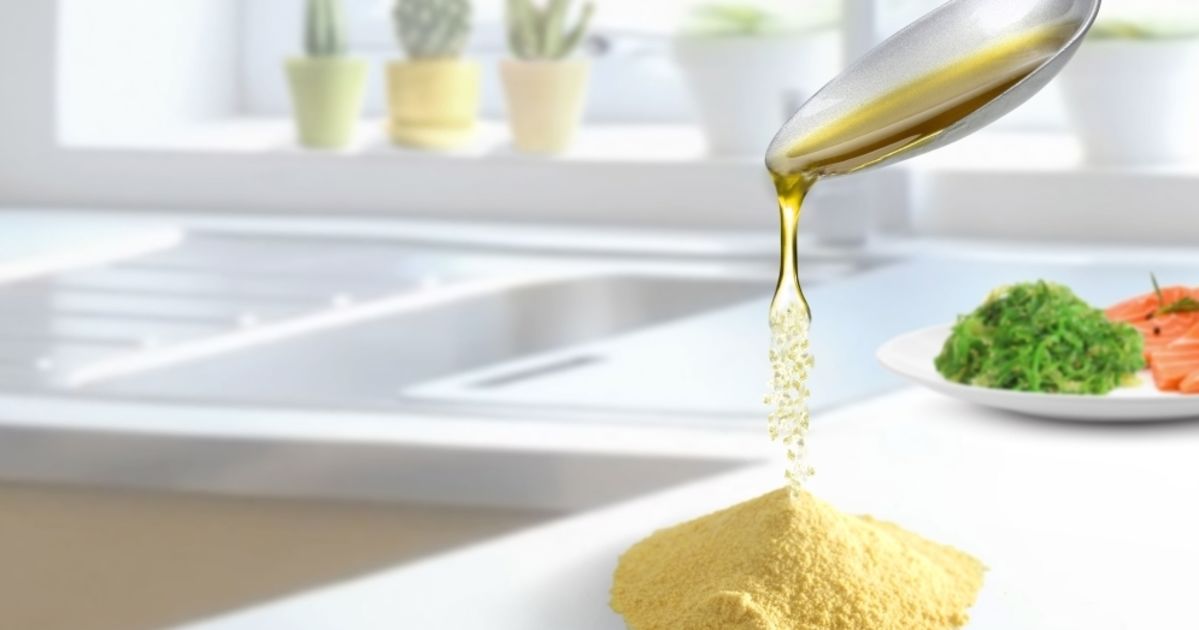As long as oil is not listed in the ingredient, it will work.
I could use a little clarification.... omega3 is a fatty acid.. which is a component of oils. Do you mean something like laboratory grade omegs 3 in a non oil binder/powder?Is it ever delivered without the glycerol backbone (which makes it a fat/ oil)? The coromega gummies I saw were 50 mg epa and 10 mg dha, about 20 x smaller than the paste (2400 mg omega 3 for both)
I get that DS people only absorb 20% of the fats, but 20% of 2400 is still 480 mg, about 10 times that of the gummies, assuming perfect absorption of the gummies... which probably is not true
I suspect fatty acids are absorbed at the same proportion as fats, even if they come in a non fat form
If you had pure omega 3... my guess is you'd only get the same 20% fraction. I'm surmising here, I dont know for sure. Here's the thought. Bile helps fat absorption in two steps
1)pancreatic lipase enters the small intestine, it breaks down the fats into free fatty acids and monoglycerides.
2)Bile salts envelop the fatty acids and monoglycerides to form micelles. Micelles have a fatty acid core with a water-soluble exterior. This allows efficient transportation to the intestinal microvillus.
DS people have less absorption because they have a smaller common channel where bile can act... This affects both step 1 and 2 for fats, and step 2 alone for fatty acids... unless , of course the omega 3 is delivered as a fat, in which case it is affected by both steps 1 and 2, just like any other fat
The takeaway... forget about the oil base.. just look at the omega 3 content. You won't get all of it, but you'll get an~20% fraction of it
Here is a description of fat metabolism from the net
"As stomach contents enter the small intestine, the digestive system sets out to manage a small hurdle, namely, to combine the separated fats with its own watery fluids. The solution to this hurdle is bile. Bile contains bile salts, lecithin, and substances derived from cholesterol so it acts as an emulsifier. It attracts and holds on to fat while it is simultaneously attracted to and held on to by water. Emulsification increases the surface area of lipids over a thousand-fold, making them more accessible to the digestive enzymes.
"Once the stomach contents have been emulsified, fat-breaking enzymes work on the triacylglycerols and diglycerides to severe fatty acids from their glycerol foundations. As pancreatic lipase enters the small intestine, it breaks down the fats into free fatty acids and monoglycerides. Yet again, another hurdle presents itself. How will the fats pass through the watery layer of mucus that coats the absorptive lining of the digestive tract? As before, the answer is bile. Bile salts envelop the fatty acids and monoglycerides to form micelles. Micelles have a fatty acid core with a water-soluble exterior. This allows efficient transportation to the intestinal microvillus. Here, the fat components are released and disseminated into the cells of the digestive tract lining.

























